
Following on from last week we continue our insights into shoes; how they impact our appearance and how to care for them.
Teaming Comfort and Quality with Style
Selecting the right shoe for your outfit/garment means covering off a few key aspects however, keep in mind that fashion is constantly changing and pushing the boundaries, which means that you will see outfits parading the catwalks that do not follow my guidelines. In addition individuals with strong personal styles can also pull off looks that the rest of us may not be able to.
- Unless you’ve been blessed with long lean legs, high vamp shoes and boots are best with teamed a similar coloured opaque hosiery or worn long skirts/dresses or pants.
- The more open the shoe the better sheer hosiery will coordinate with them.
Image sources: Wardrobe Oxygen and Girl with Curves
Flattering or Frightful
If I were to liken my legs to that of a breed of equine, it would be a Shetland pony. Because of this I have always used shoe strategies that will help give me the look of possessing longer, leaner legs.
- Heel Height: Medium to high heels will visually elongate your legs and beautifully shape your calf. Low heels can visually shorten and thicken legs.
- Women with busts greater than DD are best to wear heels no higher than the mid heights as their
center of gravity is different to other women and the chance of falling over is increased. Likewise with a breast reduction comes the increased risk of a fall until their sense balance is restored. - With advancing age high heels become increasingly difficult to wear due to aging feet which includes the loss of fat in the pad under your toes (can be fixed with party feet gel inserts) and deteriorating joints in the foot. Wear high heels for the important events and lower heels the rest of the time.
- Women with busts greater than DD are best to wear heels no higher than the mid heights as their
- Heel Shape: This is the area that dates quickest, so do not select a fashion forward heel if you want the shoe to last for many seasons. As for what a heel can do for the leg:
- Thick heels make heavy lower legs appear heavier and very thin legs and ankles look even thinner.
- Very fine heels may look as if they will collapse under the weight/thickness of heavy/swollen ankles.
- Soles: Soles can be thick, medium or thin and the rules are pretty much the same as for heel thickness.~ Thick soles and heavy stacked heels will make heavy lower legs and thick ankles look thicker and are best replaced with medium to thin soles and classic or lighter looking stacked heels. Women with heavy lower legs are also best to avoid stiletto heels as they result in an ungainly gait and often appear to be in imminent danger of breaking under the weight.
- Toe shape: The toe shape is very important to the overall look of your legs and therefore your total appearance.
- Very square or oblique toe shape will make most legs look shorter and heavier.
- Round toes are associated with mature age and vintage looks. They are also the most comfortable and the least flattering, making most legs appear shorter and heavier.
- Almond, square-round or tapered are great for every leg.
- Point shoes are sexy and very elongating to both the foot and leg.
- Peep toe shoes become increasingly uncomfortable the higher they are. The opening should also not be so large as to allow your toes to extend over the front of the shoe.
- Vamps: The vamp of the shoe (aka mouth) is where you put your foot into the shoe, low vamp style are court-like styles and high vamp styles are mules, boots etc. Simply put, the more foot you see the slimmer and longer your legs will appear to be and this also goes for strappy sandals.One word of warning though – low vamps when they expose toe cleavage tend not to be comfortable after about 30 mins of wear.
- Ankle Straps: Any item that interrupts the visual length of the leg can make you appear shorter and your legs a little heavier. If you are short, have heavy/chunky legs or wish to keep the attention off your legs then choose straps that are as low on the shoe as possible e.g, Mary Janes.
Coordinating Shoes with Outfits
- Garments made of heavy looking fabrics or textures are best teamed with shoes with a similar look for harmony and vice versa.
- The proportion of the heel height in comparison to your garment hem length is also important and a good rule of thumb is (though not set-in-stone) is, the higher the hem, the lower the heel and the lower the hem, the higher the heel.
- A patent leather shoe is youthful, will lighten the look of, and dress up an outfit.
- Medium to high heels are seen as more formal/dressy and as such are perfect coordinates with corporate attire.
Heels for Sex Appeal
Author Jena Pincott sifted through hundreds of scientific studies in order to explain what’s behind many sexy truths in her book, Do Gentlemen Really Prefer Blondes?
When it comes to high heels, Pincott says “The stuff you strut is more sensual when you’re up on your toes. …Heels force your pelvis to tilt so that both your rear end and chest stick out.” One study showed that leg lengths 5 percent longer than average are the most attractive, so for most women, a 1.5- to 3-inch heel would create the ideal leg length. “This attraction might be evolutionary, because long legs are associated with better long-term health, which would appeal to a mate,” says Pincott. “Plus, much like a peacock flaunts his feathers, which are really quite heavy and a nuisance, a woman teetering in heels can show off her fitness and coordination.”
I have Feet Issues!
I can’t wear heels, I have bad feet/bad knees/bad back…I have heard this many times over the years. The simplist way to combat this is to keep your feet quiet. In other words wear the shoes you need to and ensure they blend with your legs and/or hemline then, add a high placed attention grabbing feature or accessory high on your body.
Taking Care of Wear and Tear
No matter what item you own, you need to care for it if it is to last and look as good as possible.
Shoes, especially those made of leather need to be rested and not worn every day. Cleaning, and in the case of leather, polishing, should be a regularly practised with a quality polish or cream and protected against water damage.
Another significant area of wear and tear on women’s shoes is to the back of the heel, caused by driving. For any trip more than ten minutes I suggest you wear one of your older, less important shoes and change into your good ones when you’ve arrived at your destination.
Shiny shoes have a more ‘polished’ image. The shinier a shoe the more dressy and formal it will appear. Therefore polished leather shoes are more dressy and professional looking than matt/dull leather shoes and the shine of patent leather will up the ante to a sophisticated or evening image every time.
To clean leather shoes:
FINISHED LEATHER
Step 1: Place a small amount of a gentle, moisturizing soap on a damp cloth and bring it to a light lather.
Step 2: Rub the damp cloth on the leather without putting too much water on the leather.
Step 3: Wipe away lather with a fresh damp cloth. Don’t rinse the leather in water.
Step 4: Polish leather with a dry towel.
Step 5: Treat leather with a leather conditioner after it has dried completely.
UNFINISHED LEATHER
Step 1: Use a damp cloth or sponge to rub saddle soap into the leather; work soap into a light lather.
Step 2: Wipe away lather and allow to air dry.
Step 3: Oil leather with a leather preservative such as mink oil.
SUEDE
Step 1: Spray a recently purchased or recently cleaned suede item with one of the many products that protect against water damage and other stains. As with any fabric, test a small, unseen patch first.
Step 2: Store suede items so that they can breathe. Avoid plastic bags, which prevent air circulation, and opt for a pillowcase instead to protect clothing from dust. When traveling, store shoes in cotton flannel shoe bags instead of plastic bags.
Step 3: Keep suede away from light, which will fade the color, and damp conditions, which can encourage growth of damaging mold and mildew.
Step 4: If suede clothes or shoes get wet, soak up excess moisture with a clean towel. Then allow the suede to dry naturally; do not use a heat source to speed up the process. After the item dries, restore the nap (the raised fibers typical of suede) with a suede brush.
Step 5: Use a nail file to remove dry mud and scuff marks on suede shoes. Gently file away the stain with delicate strokes. A suede brush also works to remove dirt on shoes and clothing.
Step 6: Remove oil stains on suede by rubbing talcum powder or cornmeal directly on the spot. After several hours, brush off the powder. Repeat if necessary.
Step 7: Keep in mind that major stains will probably require professional care. Take your suede item to someone who specializes in leather and suede; inexperienced dry cleaners or cobblers can cause more harm than good.
PATENT LEATHER
Step1: Use a shoe brush to get out any bits of dirt from between the stitching. A shoe brush has soft bristles, which makes it the perfect candidate for cleaning patent leather shoes.
Step 2: Wash your patent leather shoes in a mixture of mild soap and soft water. Use a soft cloth made of cotton to wipe down the shoe, inside and out, until it is cleaned. This will prime the shoe for future steps, but you must do this first. Allow to dry at room temperature for two days before moving to the next step.
Step 3: Use saddle soap with a soft cloth to clean your patent leather shoes inside and out. Make sure you clear off any excess saddle soap. The leather will absorb only as much as it can.
Step 4: You can also apply a leather conditioner to the shoe inside and out. This will not only finish off the cleaning process, but will soften your patent leather shoes a bit for maximum comfort.
Step 5: After cleaning and drying, you should apply a wax or polish to your patent leather shoe. This will protect the leather from future dirt, but it will also help to waterproof the leather, making for greater longevity.
ATHLETIC SHOES
Step1: Remove the laces.
Step2: Use a brush to remove any mud or dirt and don’t forget the sole.
Step3: Put a low-alkaline detergent in lukewarm water, and soak the shoes and laces overnight. Rub vigorously with a stiff brush to remove dirt.
Step 4: Get rid of excess water by placing shoes on a rack in your clothes drier. Alternatively, lace up the sneakers and dry them by hanging them out in the sun on the clothesline by their laces.
More Hints to Keep Shoes Looking Great
Water stain protector and waterproofing: Leather water proofer will prevent water from staining the leather of your shoes in addition to keeping spots off. Application is a snap — you simply spray the product and let it dry. It’s also a good, inexpensive investment, especially if you live in either a tropical area or someplace with lots of rain or snow.
Quick shine wipes: These handy little wipes (similar to the ones in a seafood restaurant, but made with shoe-cleaning stuff) won’t come anywhere close to the result you’d get with a real hand shine, but are good for quick touch-ups when you’re running to a meeting and short on time.
Leather conditioner: Try Kiwi’s Leather Cleaner and Conditioner, which uses jojoba oil and coconut oil as active ingredients, and keeps your shoes and other leather items soft and supple. Olive oil straight from the kitchen is great too.
Terminally Ill Shoes
As much as we have all have our favourite, most comfortable shoes, there comes a time when mending is no longer going to bring the shoe back to a satisfactory appearance. Like your favourite outfits, old, worn out shoes must be allowed to die with dignity. Place them in a satin lined box and send them on to shoe heaven.
Clever Storage Ideas
Shoes thrown in the bottom of a wardrobe will soon show the neglect. There are many ways to store your shoes depending on the size and shape of your wardrobe.
If you are short on space, consider buying an under-the-bed storage box or shoe racks designed for the bottom of your wardrobe. Hall cupboards with a hanging rack are great place for canvas shoe closets, where the shoes hang from the rack in compartments. I keep some of my shoes on an old bookshelf placed in a hall closet. For shoes that you may not wear very often keep them safe in their boxes with a label stuck to the outside indicating which shoe is in the box. Sandals, thongs and athletic shoes can be stored together in a wire basket.
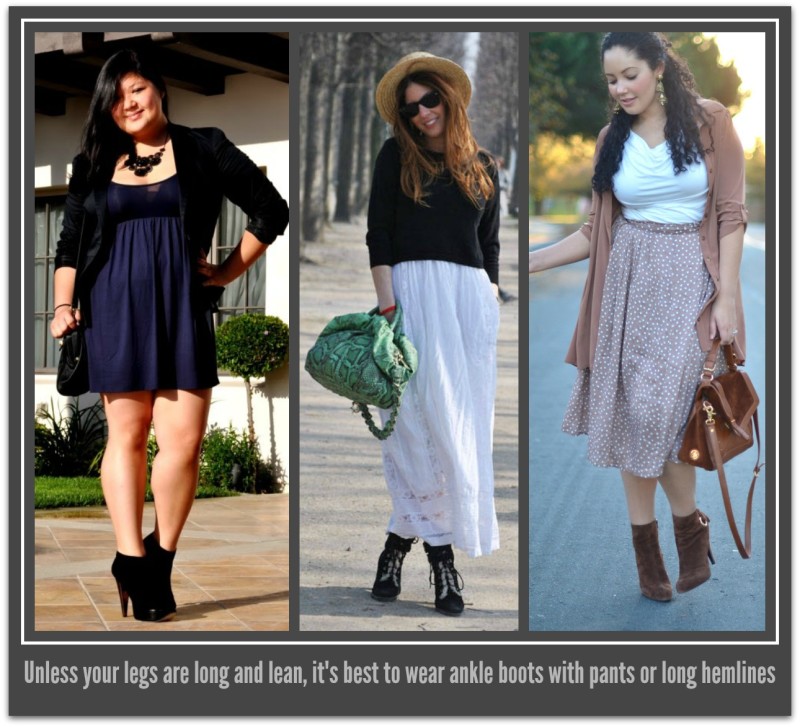
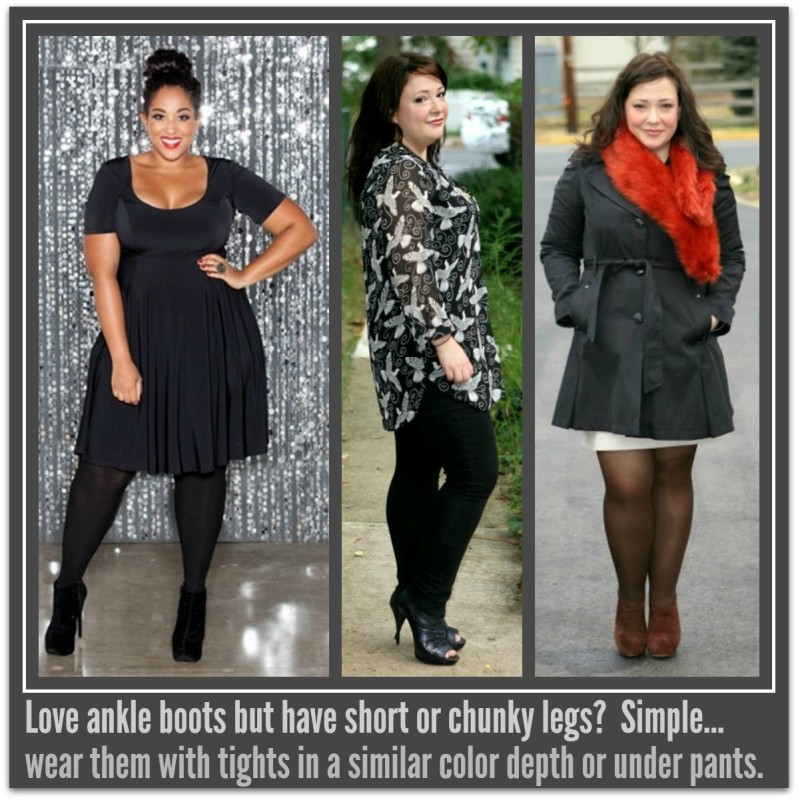

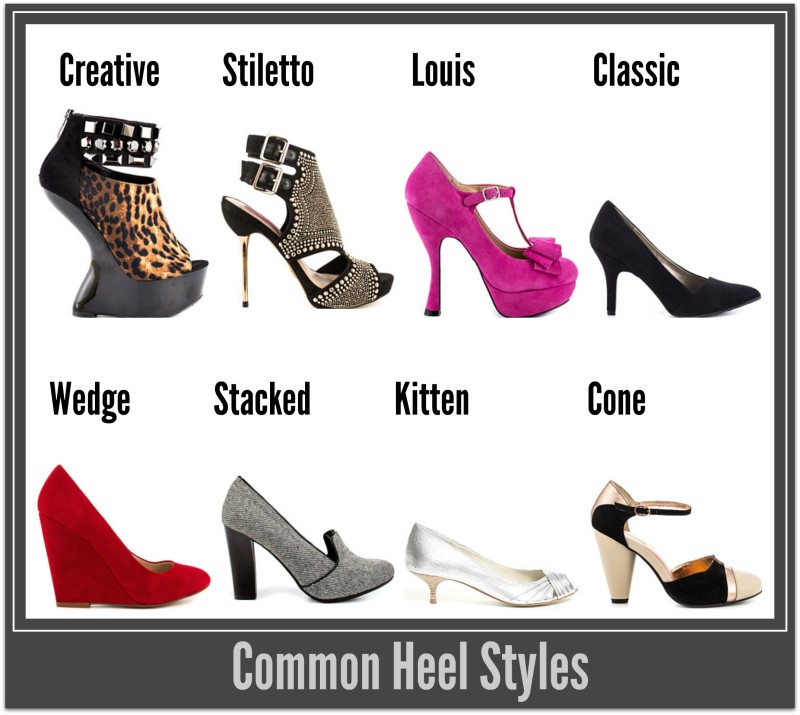
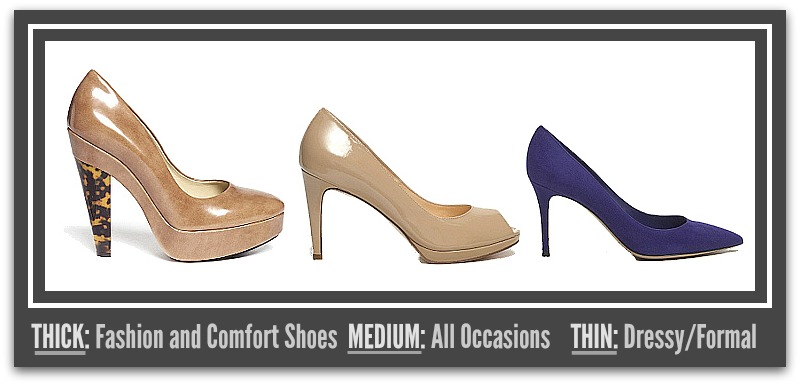
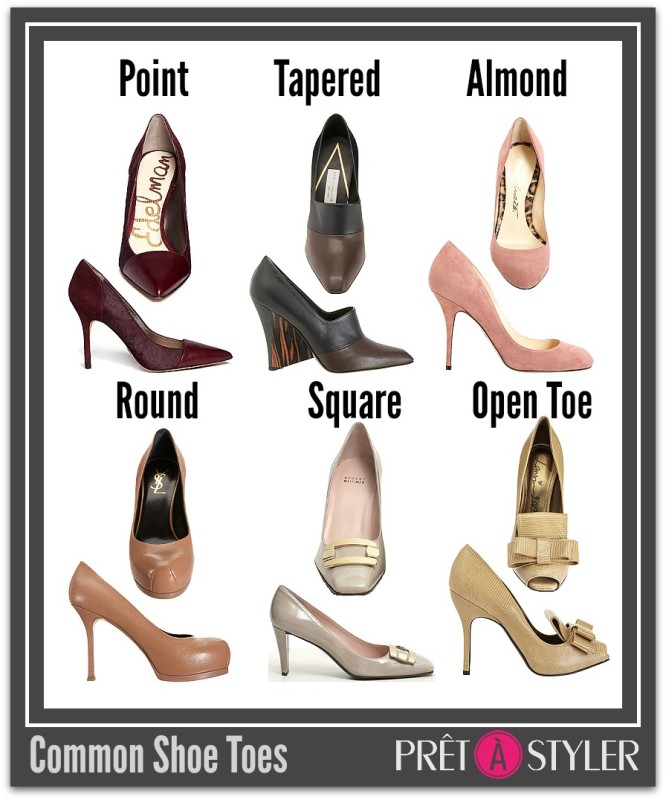
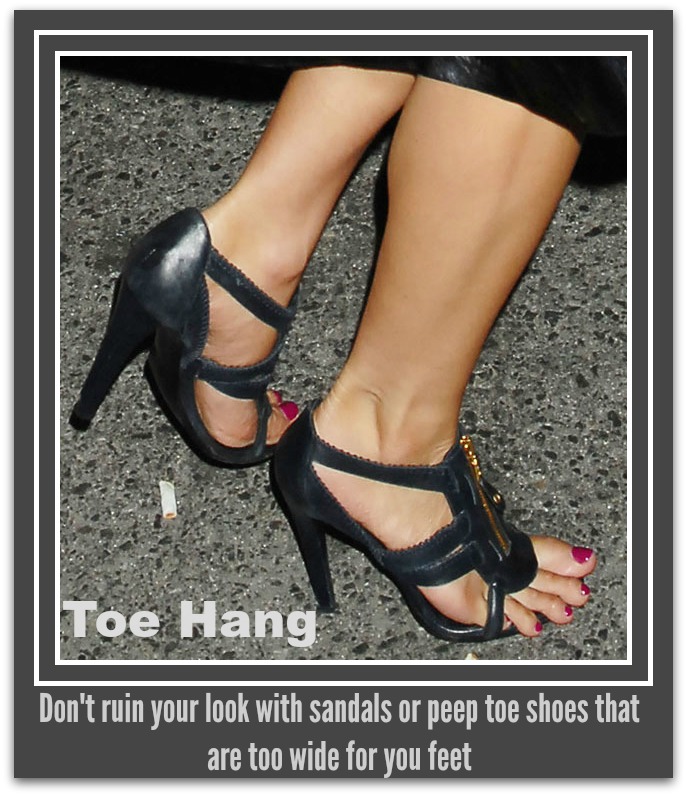
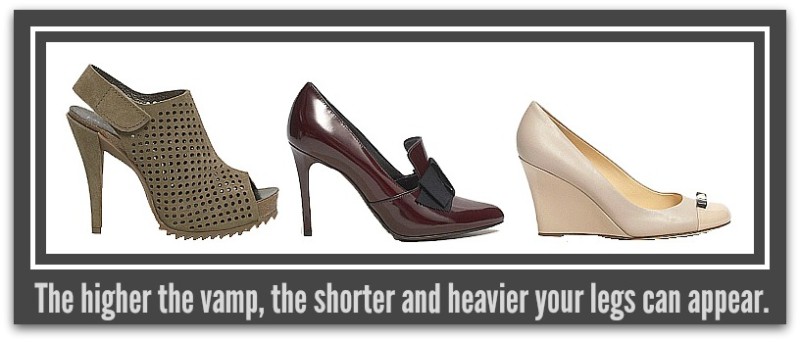
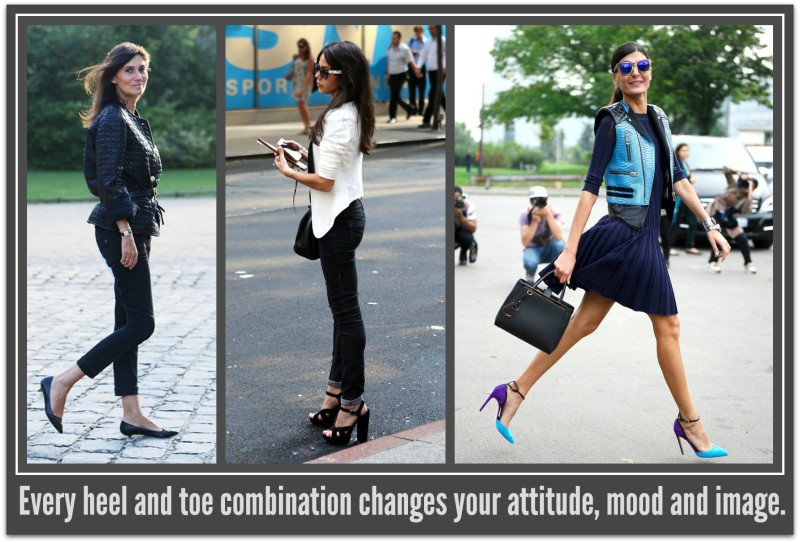
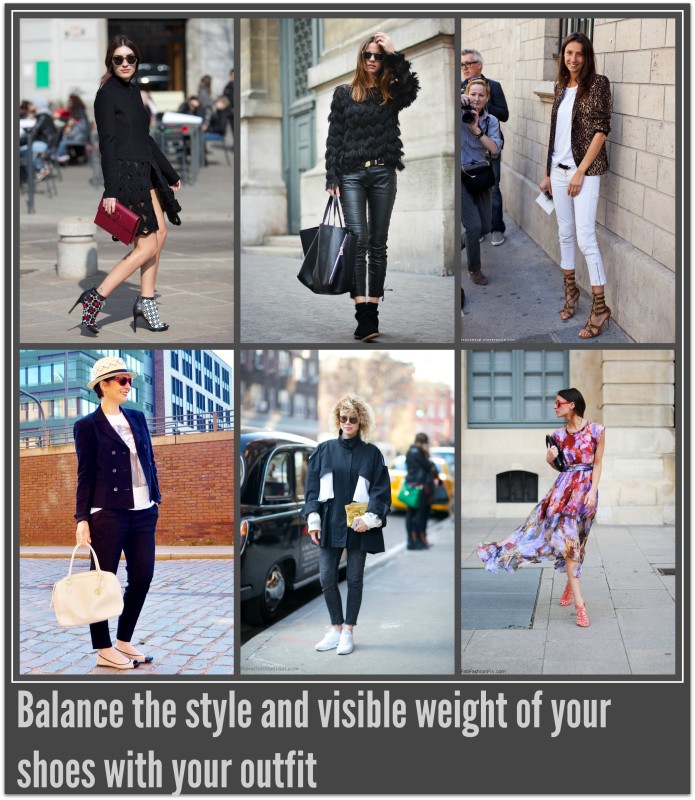
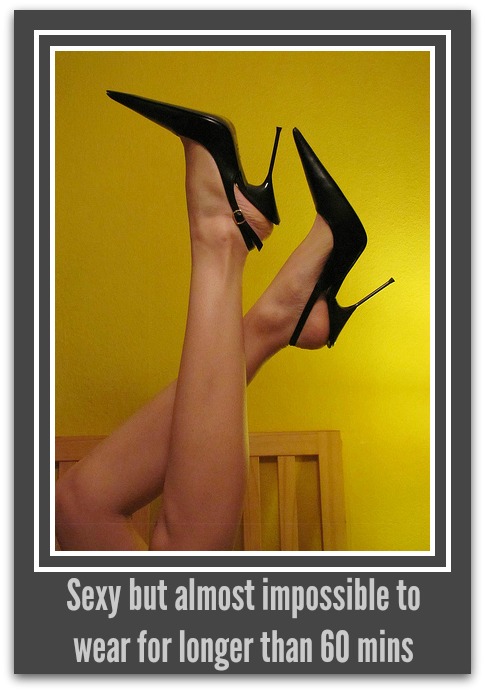
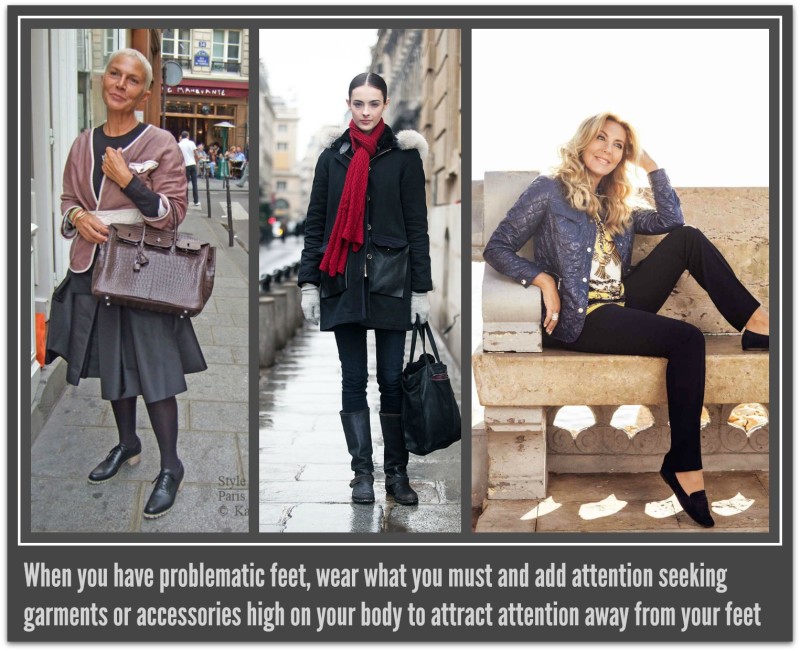
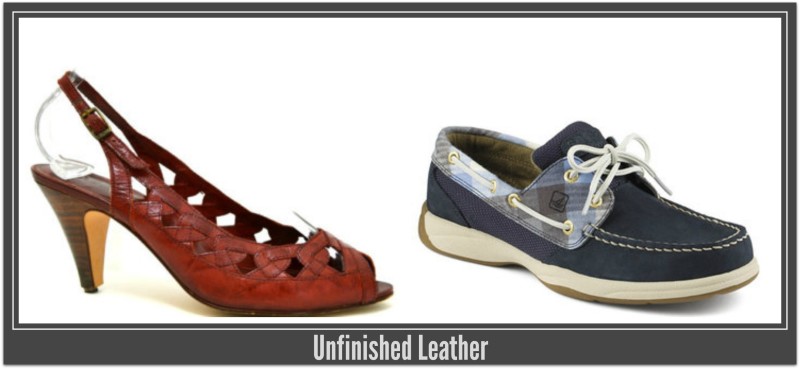

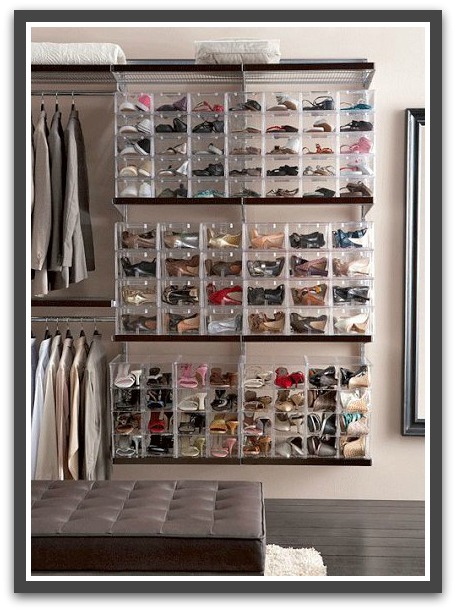
This is a really useful article – love it! I always want to dress fashionably but don’t want to look awkward with my wardrobe choice. So being able to dress comfortably is a must, too!
Thank you Ashton
I noticed that sometimes the higher the waistline, the longer the skirt, the lower the heel, because a nice flowy mid calf skirt can be very lengthening and flattering.
If you wear open toe sandals and like colors, you could wear a classic color on your finger and toenails, from bright red, to violet, purple, dark or even black :).